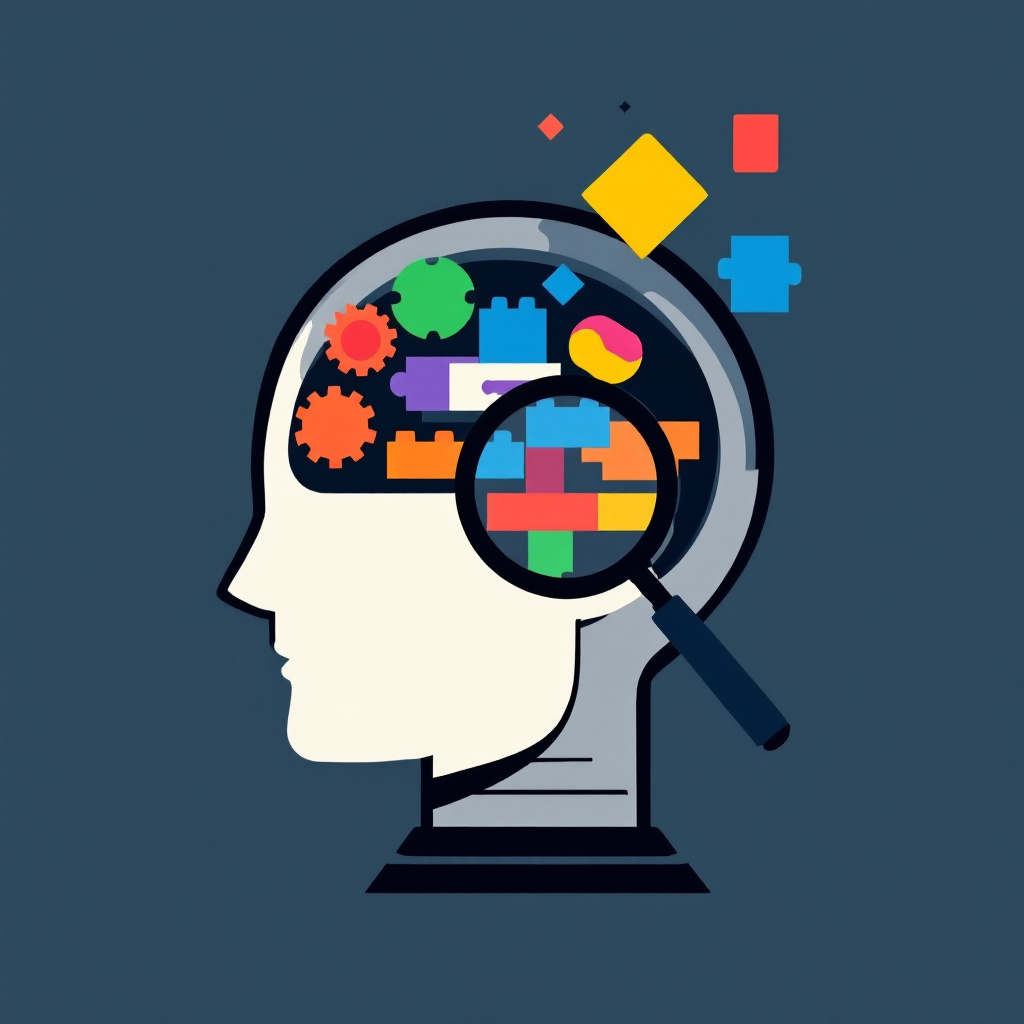As Python continues to dominate the world of data science, machine learning, and web development, the need for efficient and performant code has never been greater. While Python's simplicity and readability make it an excellent language for rapid development, its interpreted nature can sometimes lead to performance bottlenecks, especially in large-scale applications. Traditionally, optimizing Python code has been a manual process, requiring developers to have a deep understanding of the language's internals and profiling tools. However, the rise of artificial intelligence is changing this landscape, introducing new possibilities for automated code optimization.
In this post, we'll explore how AI techniques are being leveraged to automatically optimize Python code, from identifying bottlenecks to suggesting more efficient algorithms and data structures. We'll examine the current state of AI-driven optimization, its potential benefits, and the challenges that lie ahead.
The Traditional Approach to Code Optimization
Before diving into AI-driven optimization, it's worth revisiting the traditional approach to improving Python code performance. Typically, this process involves several steps:
- Profiling: Using tools like cProfile or line_profiler to identify which parts of the code are consuming the most time or resources.
- Algorithmic improvements: Analyzing the code to find more efficient algorithms or data structures that could improve performance.
- Cython or C extensions: Rewriting performance-critical parts of the code in Cython or C to bypass the Python interpreter for computationally intensive tasks.
- Parallelization: Identifying opportunities to parallelize code using libraries like multiprocessing or concurrent.futures.
- Memory optimization: Analyzing and optimizing memory usage patterns to reduce overall memory footprint.
While these methods can be highly effective, they often require significant time and expertise. Developers need to be well-versed in Python's internals, have a deep understanding of algorithms and data structures, and possess the ability to interpret profiling results accurately. This is where AI-driven optimization comes into play, promising to automate much of this process and make performance tuning more accessible to a broader range of developers.
AI-Driven Bottleneck Identification
One of the most promising applications of AI in code optimization is automated bottleneck identification. Traditional profiling tools can provide a wealth of data about code execution, but interpreting this data and identifying the root causes of performance issues often requires significant expertise.
AI models, particularly those based on machine learning techniques like decision trees or neural networks, can be trained on large datasets of code execution patterns. These models can learn to recognize common patterns associated with performance bottlenecks, such as inefficient loops, excessive function calls, or suboptimal data access patterns.
For example, an AI system might analyze the execution trace of a Python program and identify that a particular function is being called excessively within a loop. It could then suggest moving the function call outside the loop or memoizing the function's results to improve performance. This level of analysis goes beyond simple timing measurements, providing insights that might be missed by less experienced developers.
AI systems can potentially identify more subtle performance issues by correlating code patterns with runtime behavior across a wide range of execution environments and input data. This holistic view can lead to optimizations that are more robust and generalizable than those based on limited test cases.
Intelligent Algorithm Selection
Choosing the right algorithm for a given task is crucial for optimal performance, but it's not always straightforward. The best algorithm often depends on the specific characteristics of the input data and the performance requirements of the application.
AI-driven optimization tools can analyze both the code structure and the characteristics of the input data to suggest more efficient algorithms. For instance, an AI system might recognize that a sorting function is being called on mostly-sorted data and suggest using an adaptive sorting algorithm like Timsort (Python's built-in sorting algorithm) instead of a more general-purpose algorithm like quicksort.
These systems can be trained on large datasets of algorithm performance across various input types and sizes, allowing them to make nuanced recommendations based on the specific context of the code. This approach can be particularly valuable for developers who may not be familiar with the full range of algorithmic options available or the trade-offs between different algorithms.
Data Structure Optimization
Choosing the right data structure is often as important as selecting the right algorithm. AI systems can analyze how data is being accessed and manipulated within a program to suggest more efficient data structures.
For example, an AI tool might recognize that a list is being used primarily for fast lookups and suggest using a set or dictionary instead. Or it might identify that a dictionary is being used to store a small number of items with integer keys and suggest using a list for better memory efficiency.
These recommendations can be based not just on the operations being performed on the data structure, but also on the size and distribution of the data. An AI system might suggest different data structures for small vs. large datasets, or for datasets with different key distribution patterns.
Parallelization and Concurrency Suggestions
Identifying opportunities for parallelization and selecting appropriate concurrency patterns can significantly improve the performance of Python programs, especially on modern multi-core processors. However, parallelizing code effectively requires careful analysis to ensure that the overhead of parallelization doesn't outweigh the benefits.
AI-driven tools can analyze code structure and execution patterns to identify potential parallelization opportunities. They might suggest using multiprocessing for CPU-bound tasks, asyncio for I/O-bound tasks, or even more advanced patterns like worker pools or producer-consumer queues.
These systems can also help identify potential pitfalls in parallel code, such as race conditions or deadlocks, by analyzing the patterns of data access and synchronization. This can help developers avoid common concurrency-related bugs and ensure that their parallel code is both correct and performant.
Memory Usage Optimization
Efficient memory usage is crucial for the performance of Python programs, especially when dealing with large datasets. AI systems can analyze memory allocation and deallocation patterns to suggest optimizations that reduce overall memory usage and improve cache efficiency.
For example, an AI tool might identify that a program is creating many small objects and suggest using object pooling to reduce allocation overhead. Or it might recognize that a large dataset is being loaded into memory all at once and suggest using a generator or streaming approach to process the data incrementally.
These systems can also help identify memory leaks by analyzing object lifetimes and reference patterns, potentially catching issues that might be missed by manual code review or traditional memory profilers.
Real-World AI-Driven Optimization Tools
While AI-driven code optimization is still an emerging field, there are already several tools and research projects exploring this area. Here are a few examples:
- Microsoft's IntelliCode: While primarily focused on code completion and style suggestions, IntelliCode uses AI techniques to analyze code patterns and can potentially be extended to performance optimization suggestions.
- Google's TensorFlow Compiler: Although not specifically for Python, Google's work on using machine learning to optimize compiler decisions demonstrates the potential of AI in code optimization.
- Facebook's Aroma: This tool uses machine learning to suggest code snippets based on existing codebases, which could be extended to suggest more efficient implementations.
- Academic research: Various research projects are exploring the use of machine learning for code optimization, such as the work on learning to optimize tensor programs at the University of Washington.
While these tools show promise, it's important to note that AI-driven code optimization is still in its early stages. Most current tools focus on specific aspects of optimization rather than providing comprehensive performance tuning.
Limitations and Challenges
Despite the potential of AI-driven code optimization, there are several challenges and limitations to consider:
- Training data: AI models require large amounts of high-quality training data, which can be challenging to obtain for code optimization tasks.
- Generalization: Ensuring that AI models can generalize across different codebases and problem domains is a significant challenge.
- Explainability: It's crucial that developers understand and trust the optimizations suggested by AI systems, which can be challenging with complex machine learning models.
- Integration with development workflows: For AI-driven optimization to be widely adopted, it needs to integrate seamlessly with existing development tools and processes.
- Balancing multiple objectives: Code optimization often involves trade-offs between different performance metrics (e.g., speed vs. memory usage), which can be challenging for AI systems to navigate.
The Future of AI-Driven Code Optimization
As AI technologies continue to advance, we can expect to see more sophisticated and comprehensive tools for code optimization. Some potential future developments include:
- End-to-end optimization: AI systems that can analyze entire codebases and suggest comprehensive optimization strategies, considering interactions between different parts of the code.
- Runtime adaptation: AI-driven systems that can optimize code on-the-fly based on runtime behavior and changing input patterns.
- Hardware-aware optimization: AI tools that can tailor optimizations to specific hardware architectures, potentially even optimizing for energy efficiency.
- Natural language interfaces: AI systems that can understand high-level performance requirements expressed in natural language and suggest appropriate optimizations.
- Automated refactoring: AI tools that can not only suggest optimizations but also automatically implement them while preserving the code's functionality and readability.
The Role of Human Expertise
While AI-driven optimization tools hold great promise, it's important to remember that they are not a replacement for human expertise. These tools are best viewed as augmentations to a developer's skills and knowledge, providing insights and suggestions that can inform optimization decisions.
Human developers will continue to play a crucial role in:
- Defining performance requirements and constraints
- Interpreting and validating AI-generated suggestions
- Making high-level architectural decisions
- Ensuring that optimizations don't compromise code readability or maintainability
- Addressing domain-specific optimizations that may be beyond the scope of general-purpose AI tools
Conclusion
AI-driven code optimization represents an exciting frontier in software development, with the potential to make performance tuning more accessible and efficient. By automating the identification of bottlenecks, suggesting algorithmic improvements, and optimizing data structures and memory usage, these tools can help developers create faster, more efficient Python code.
However, it's important to approach AI-driven optimization with a balanced perspective. While these tools can provide valuable insights and suggestions, they are not a magic solution to all performance problems. The most effective approach will likely be a combination of AI-driven tools and human expertise, leveraging the strengths of both to create high-performance Python applications.
As we look to the future, the continued advancement of AI technologies promises to bring even more powerful and sophisticated optimization tools. By embracing these technologies while maintaining a critical and informed perspective, Python developers can look forward to a future where creating high-performance code is more accessible and efficient than ever before.
In the meantime, whether you're using AI-driven tools or traditional optimization techniques, remember that the goal is not just to make code faster, but to create software that is efficient, maintainable, and ultimately serves its users well. After all, the best code is not just fast it's code that solves real problems and makes a positive impact in the world.
-Sethers



